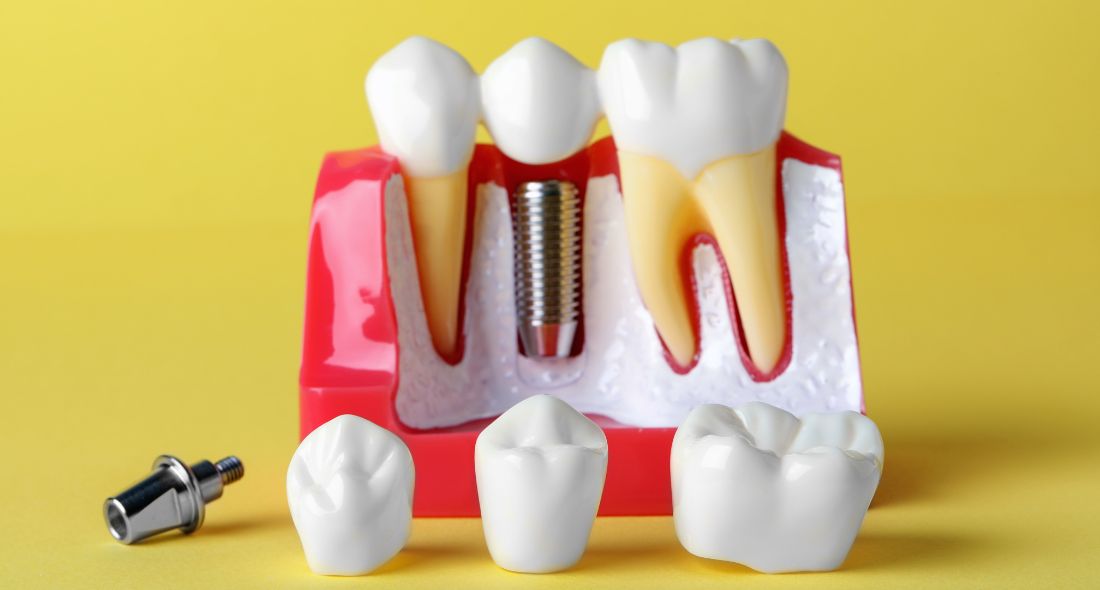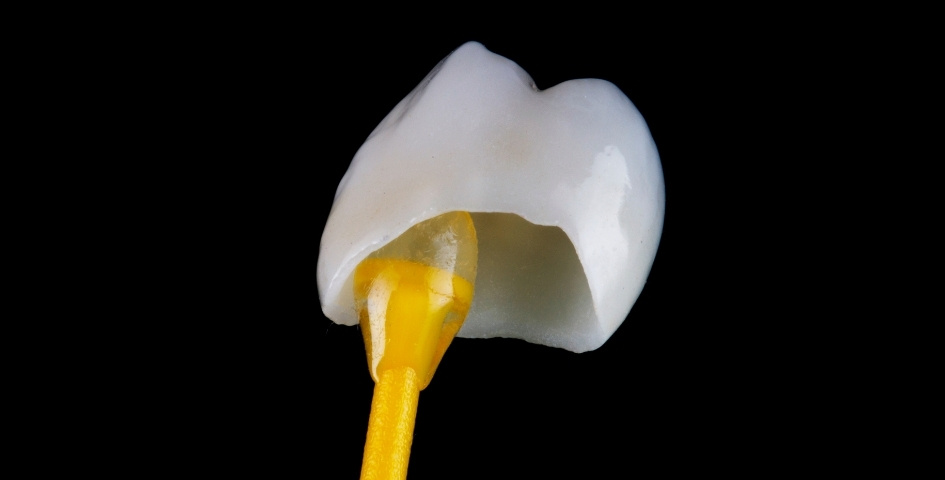
A gleaming, confident smile is often the first thing people notice. Dental advancements have made achieving that perfect smile more accessible than ever, and one such transformative solution is the dental crown. This blog delves into the intricate world of dental crowns, providing a comprehensive guide to procedure types, benefits, and potential drawbacks.
Understanding Dental Crowns
Dental crowns, often referred to as dental caps, represent a pinnacle in restorative dentistry, offering a tailored solution to a variety of dental issues. The core purpose of a dental crown is to encase a damaged or weakened tooth, restoring not only its structural integrity but also its functionality and aesthetics.
Before the dental crown journey begins, a thorough assessment and diagnosis by a dentist is imperative. This involves a comprehensive examination of the affected tooth, considering factors such as the extent of damage, location within the mouth, and the patient’s overall oral health. X-rays may be employed to obtain a detailed view of the tooth’s structure and surrounding tissues, aiding in precise planning.
The preparation phase is a crucial step in the dental crown procedure. It involves removing the outer layer of the damaged tooth to create a stable foundation for the crown. This process is often performed under local anesthesia to ensure patient comfort. After the crown is successfully placed, the dentist guides post-placement care. This typically involves advising patients on oral hygiene practices, potential dietary considerations, and the importance of regular dental check-ups to monitor the crown’s condition over time.
Procedure Types
Ceramic Crowns:
Ceramic crowns, often crafted from porcelain, are celebrated for their ability to mimic the appearance of natural teeth. Their transparency and color-matching capabilities make them an ideal choice for visible areas of the mouth, particularly the front teeth. While ceramic crowns excel in aesthetics, they may possess a different level of durability than some other materials, making them more suitable for specific applications.
Porcelain-Fused-to-Metal (PFM) Crowns:
Blending the strength of metal with the aesthetics of porcelain, PFM crowns offer a compelling compromise. A metal substructure provides robust support, while the outer layer of porcelain ensures a natural-looking finish. PFM crowns find popularity in areas where both strength and aesthetics are crucial, striking a balance between durability and visual appeal.
Metal Crowns:
For molars and areas requiring robust support, metal crowns, often composed of alloys such as gold or silver, stand out. Renowned for their exceptional strength and longevity, metal crowns are less prone to wear and fracture. However, their metallic appearance makes them less suitable for visible areas, limiting their application in cosmetic dentistry.
Resin Crowns:
Resin crowns, crafted from dental resin materials, offer a cost-effective solution with reasonable durability. While less robust than metal or porcelain alternatives, resin crowns can be an excellent choice for temporary or interim solutions. They are often used for primary teeth or as a provisional measure while awaiting the fabrication of a permanent crown.
Zirconia Crowns:
Zirconia crowns have gained popularity for their durability and aesthetic qualities. These crowns, crafted from the strong ceramic material zirconia, boast excellent strength and are suitable for both front and back teeth. Zirconia crowns are known for their biocompatibility, making them a favored choice for individuals with metal allergies.
Benefits of Dental Crowns
Restoration of Tooth Structure:
One of the primary benefits of dental crowns lies in their ability to restore and strengthen compromised tooth structures. Whether a tooth is damaged due to decay, fractures, or other dental issues, a dental crown acts as a protective shield, enveloping the tooth and preventing further deterioration. This restoration of structural integrity not only enhances the tooth’s lifespan but also safeguards it from potential complications.
Aesthetic Enhancement:
In the realm of cosmetic dentistry, dental crowns shine as a solution that seamlessly blends functionality with aesthetics. Crafted from materials like ceramic or porcelain, crowns mimic the appearance of natural teeth, ensuring a harmonious integration with the surrounding dentition. The ability to match the color, shape, and clarity of existing teeth makes dental crowns an ideal choice for enhancing the overall beauty of a smile.
Functional Improvement:
Beyond cosmetic benefits, dental crowns contribute to the restoration of normal oral functions. Weakened or damaged teeth can impede proper biting and chewing, leading to discomfort and nutritional challenges. Dental crowns, by providing a durable and protective outer layer, enable individuals to regain full functionality, allowing for confident and comfortable oral activities.
Improved Oral Health:
Dental crowns contribute to overall oral health by preventing the progression of dental issues. By encapsulating and protecting compromised teeth, crowns act as a barrier against bacteria and decay. This proactive approach not only preserves the treated tooth but also prevents potential complications that could impact neighboring teeth and gums.
In the realm of cosmetic and restorative dentistry, dental crowns stand as a versatile and effective solution. By understanding the procedural nuances, weighing the benefits, and acknowledging potential disadvantages, individuals can make informed decisions about enhancing their smiles. A radiant, confident smile awaits those who embark on the journey of exploring the art and science behind dental crowns.

